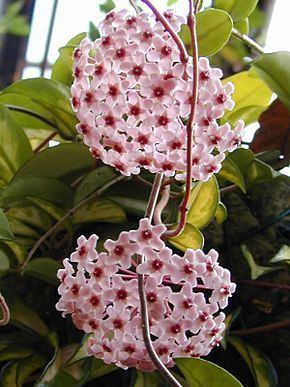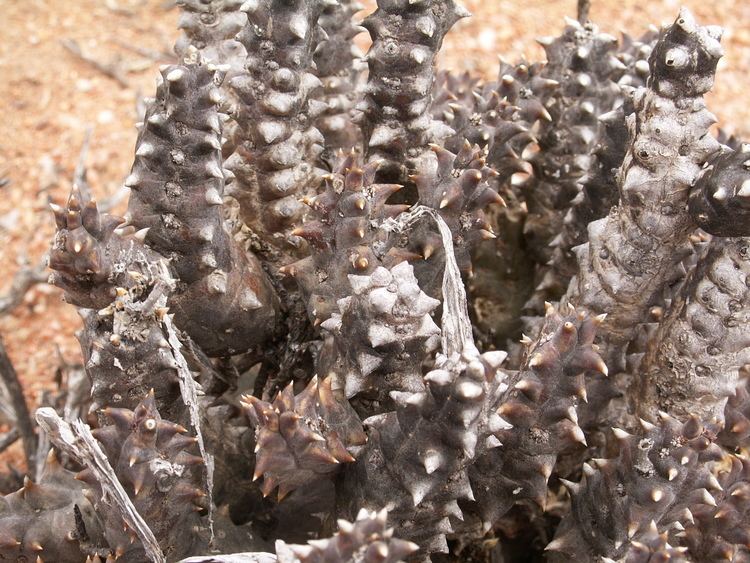Scientific name Asclepiadoideae Rank Subfamily | ||
 | ||
Lower classifications | ||
Asclepiadoideae with flowers
According to APG II, the Asclepiadaceae, commonly known as milkweed family, is a former plant family now treated as a subfamily (subfamily Asclepiadoideae) in the Apocynaceae (Bruyns 2000).

They form a group of perennial herbs, twining shrubs, lianas or rarely trees but notably also contain a significant number of leafless stem succulents. The name comes from the type genus Asclepias (milkweeds).
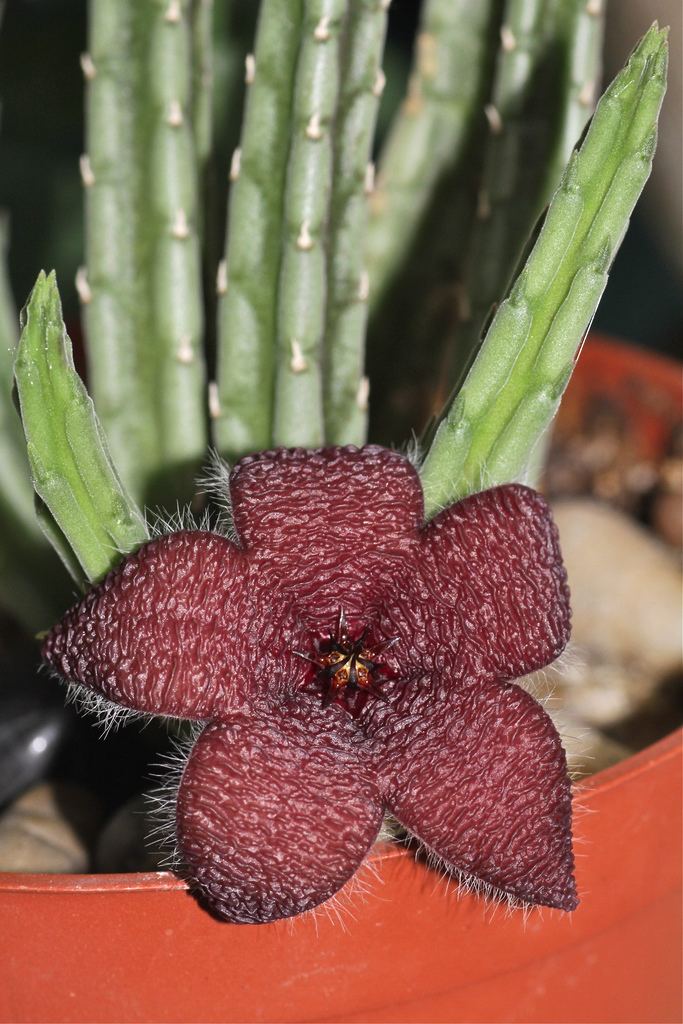
There are 348 genera, with about 2,900 species. They are mainly located in the tropics to subtropics, especially in Africa and South America.
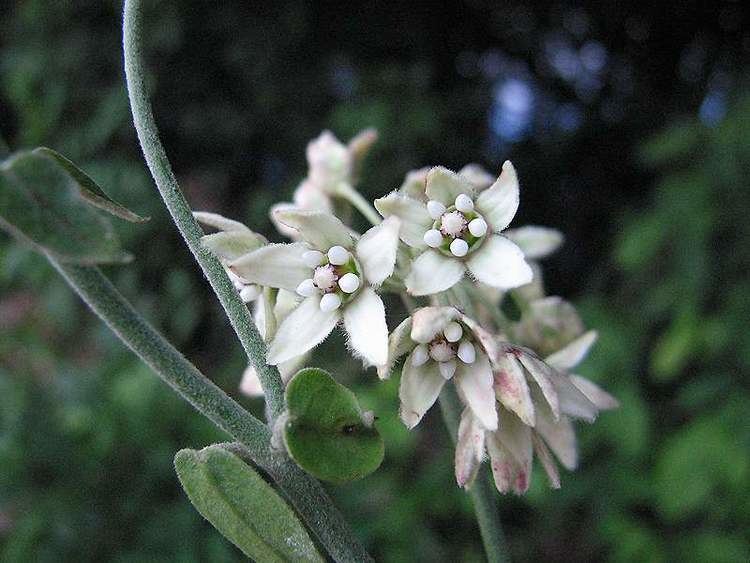
The florally advanced tribe Stapeliae within this family contains the relatively familiar stem succulent genera such as Huernia, Stapelia and Hoodia. They are remarkable for the complex mechanisms they have developed for pollination, which independently parallel the unrelated Orchidaceae, especially in the grouping of their pollen into pollinia. The fragrance from the flowers, often called "carrion", attracts flies. The flies pollinate the flowers.
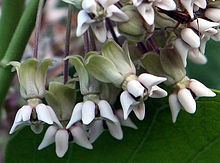
Many new hybrids have been formed due to the unique fertilization method of the flowers.
